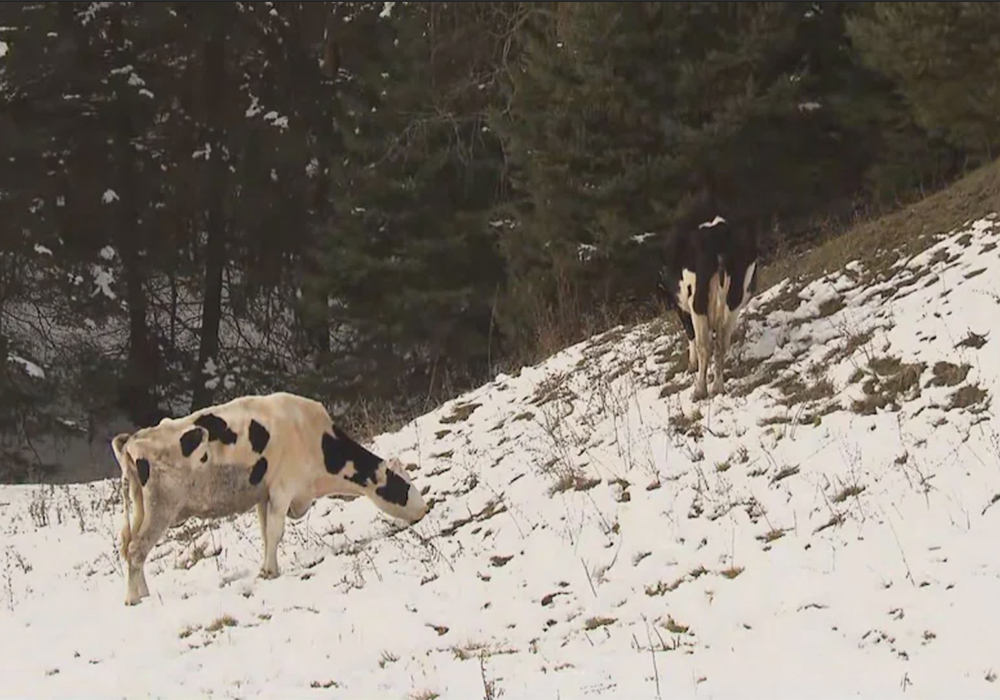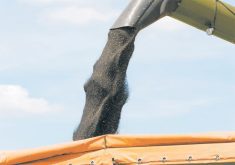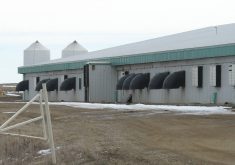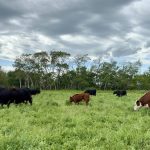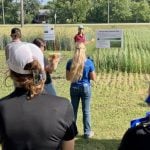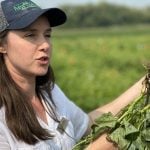They hide in the countryside, coming out at night to feed on crops when no one is looking.
Apprehending the elusive creatures is difficult. Chasing them down doesn’t work, and coaxing them into pens is tricky.
Western Producer readers might be forgiven for thinking this is going to be about the wild pig problem plaguing the Prairies as the destructive creatures roam the countryside at will and wreak havoc.
But this column isn’t about that.
Instead, it is inspired by recent news that the last of the cattle that escaped from a Quebec farm this past summer have finally been rounded up after months on the loose.
Read Also

Farm groups are too amiable with the federal government
Farm groups and commodity groups in Canada often strike a conciliatory tone, rather than aggressively criticizing the government.
Twenty-four cattle broke out of a farm near St.-Severe in July. Half of them eventually came back on their own, but the others crossed a stream, entered a wooded area, appeared to lose their bearings and stayed put.
And so the great cattle hunt of 2023 began.
Phone calls to the provincial government didn’t go anywhere because both the wildlife and agriculture departments said it wasn’t their job to search for breeding animals.
Some progress was made over the summer, but by the fall cattle were still at large.
There is apparently a bit of a western cowboy culture in neighbouring St.-Tite, Que. (who knew?), and so these cowboys were recruited to round up the remaining stragglers.
Eight cowboys and a drone found the animals and tried to coax them into pens, but as one news story put it, “there was a last minute break in the line, and the herd fled once again.”
In the meantime, the cattle were sneaking into grain fields when no one was looking and helping themselves to growing crops. The ensuing damage was reported to total $25,000.
Eventually, the province’s general farm group, the Union des producteurs agricoles, had to step in and organize another round-up effort.
The last three animals were captured and returned home earlier this month by luring them into the open with feeding stations while fencing was set up around them.
It seems inconceivable that this sort of thing could happen in prairie cattle country. We have a lot of space in which truant animals could go missing, but a herd remaining on the run for six months?
It’s hard to imagine.

